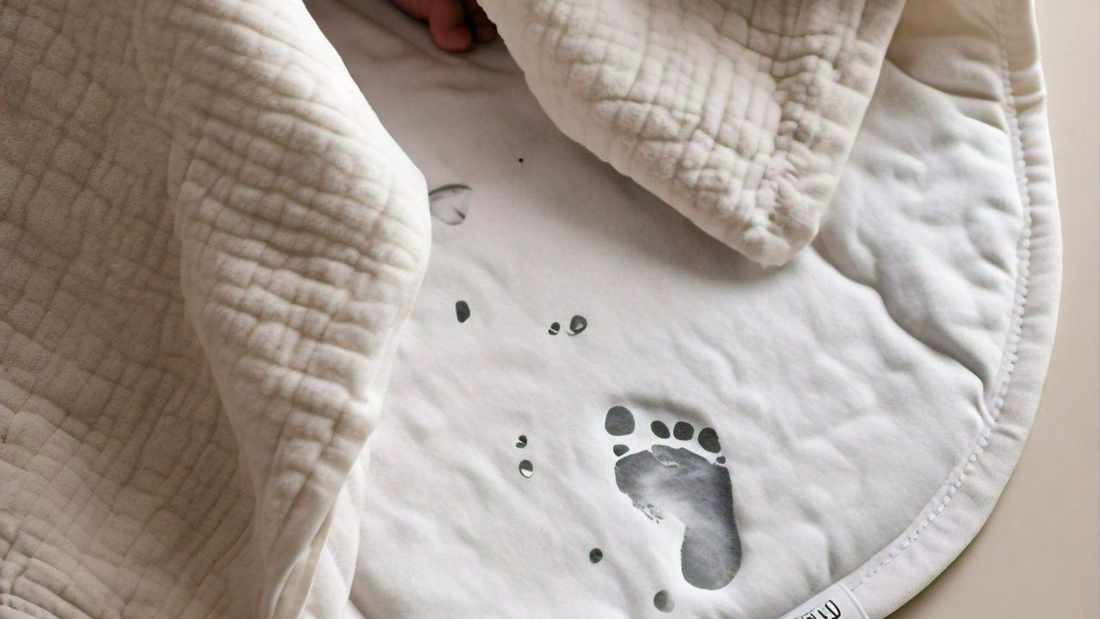Babies have delicate and sensitive skin, making them prone to skin irritations. As a parent, ensuring your baby’s comfort and health is paramount. One effective way to protect your baby's skin is by using quick dry mats. These mats are designed to keep your baby dry and comfortable, preventing skin irritations. Here’s how quick dry mats can help in maintaining your baby’s skin health.
What Are Quick Dry Mats?
Quick dry mats are specialized mats made from materials that absorb moisture quickly and dry out just as fast. These mats are often used during diaper changes, after baths, or during playtime on the floor. They provide a dry and clean surface for your baby, significantly reducing the chances of skin irritation caused by prolonged exposure to moisture.
The Science Behind Skin Irritations
Before delving into the benefits of quick dry mats, it’s essential to understand how skin irritations occur. Babies' skin is thinner and more fragile than adults, making it susceptible to conditions like diaper rash, eczema, and heat rash. Prolonged contact with moisture, such as sweat, urine, or bathwater, can lead to these irritations. Moisture softens the skin, making it more vulnerable to friction and bacterial growth, which can result in redness, swelling, and discomfort.
Benefits of Quick Dry Mats
1. Moisture Absorption
Quick dry mats are designed to absorb moisture rapidly. When your baby lies on the mat, any moisture from their skin is quickly wicked away, keeping the surface dry. This immediate absorption helps in preventing the skin from becoming soft and irritated.
2. Faster Drying Time
Unlike regular mats or towels, quick dry mats dry out swiftly after absorbing moisture. This rapid drying time ensures that the mat remains dry for longer periods, providing a comfortable surface for your baby to lie on. It also means less frequent changes and washing, making it convenient for parents.
3. Breathable Material
Most quick dry mats are made from breathable materials that allow air circulation. This feature helps in keeping your baby's skin cool and dry, reducing the risk of heat rashes. The breathability of the material also contributes to faster drying, as air can flow through and evaporate the moisture.
4. Anti-Bacterial Properties
Many quick dry mats come with anti-bacterial properties, which further protect your baby's skin. These mats are treated with special agents that prevent the growth of bacteria and fungi. This added protection is crucial in preventing infections and maintaining skin health.
5. Soft and Gentle on Skin
Quick dry mats are designed to be soft and gentle on your baby’s skin. The materials used are often hypoallergenic and free from harsh chemicals, ensuring that they do not cause any allergic reactions or additional irritations.
How to Choose the Right Quick Dry Mat
When selecting a quick dry mat for your baby, consider the following factors:
- Material: Look for mats made from high-quality, breathable materials that are soft on the skin.
- Size: Ensure the mat is large enough to accommodate your baby comfortably.
- Ease of Cleaning: Choose mats that are machine washable for convenience.
- Anti-Bacterial Treatment: Opt for mats with anti-bacterial properties for added protection.
Suggested reading: Are You Cleaning Your Baby Bibs and Burp Sheets Properly? Tips and Tricks
Conclusion
Using quick dry mats for babies is an excellent way to prevent skin irritations caused by moisture. These mats offer numerous benefits, including rapid moisture absorption, fast drying times, breathable materials, and anti-bacterial properties. By keeping your baby dry and comfortable, you can help maintain their skin health and reduce the risk of irritations.
For the best quick dry mats, consider purchasing from a reliable store. Buy Baby Dry Mats From the Happy Matty Store and ensure your baby stays happy and irritation-free.
